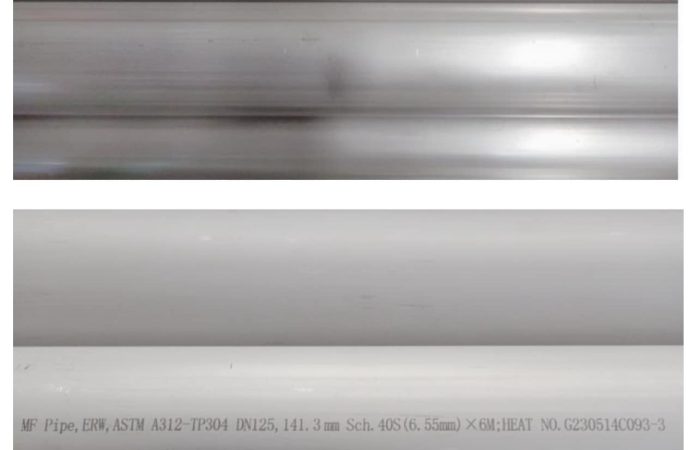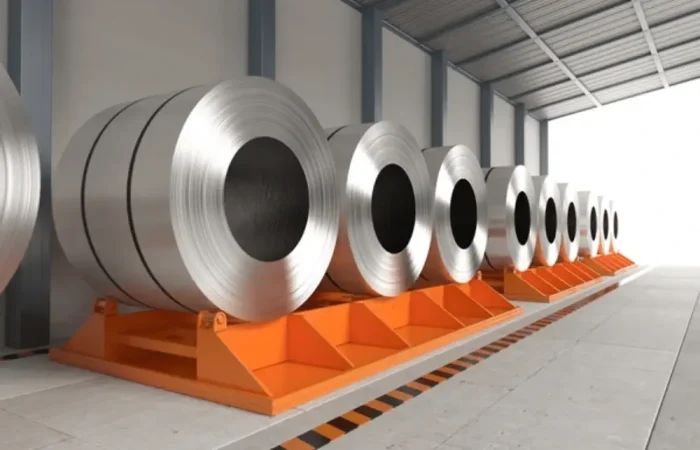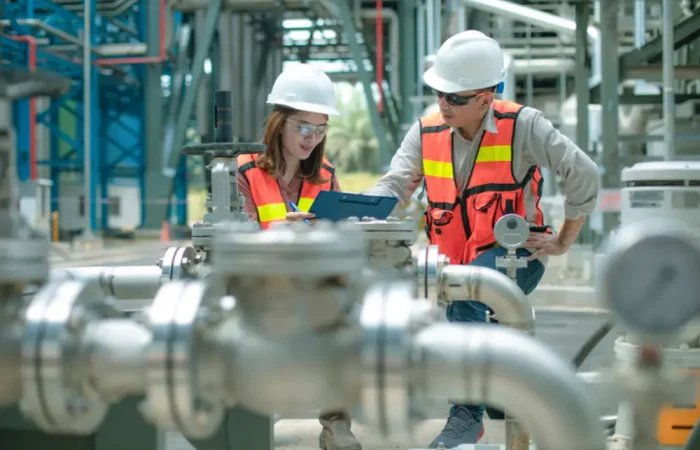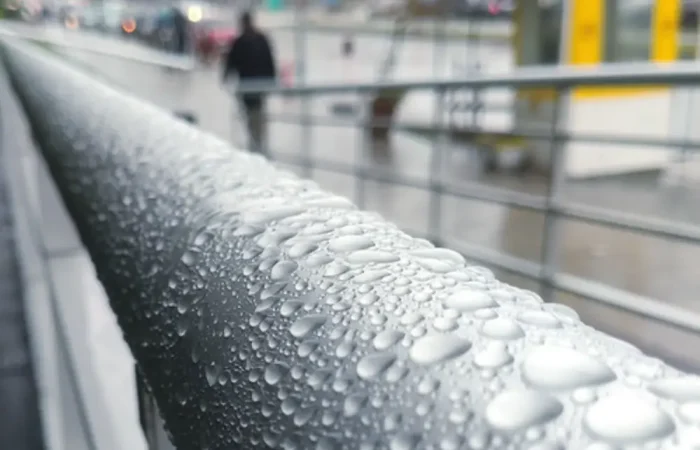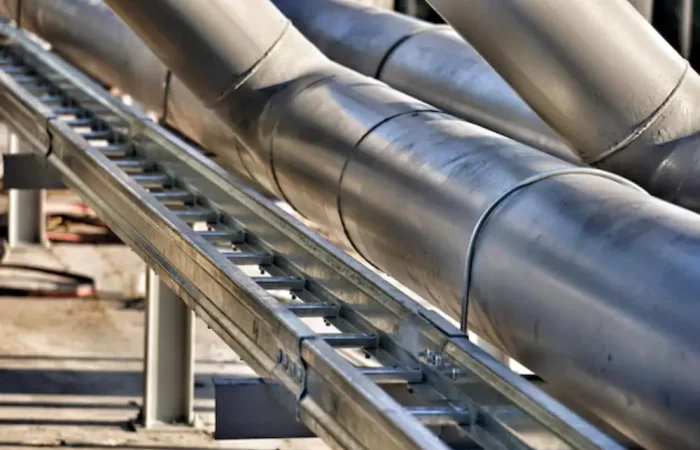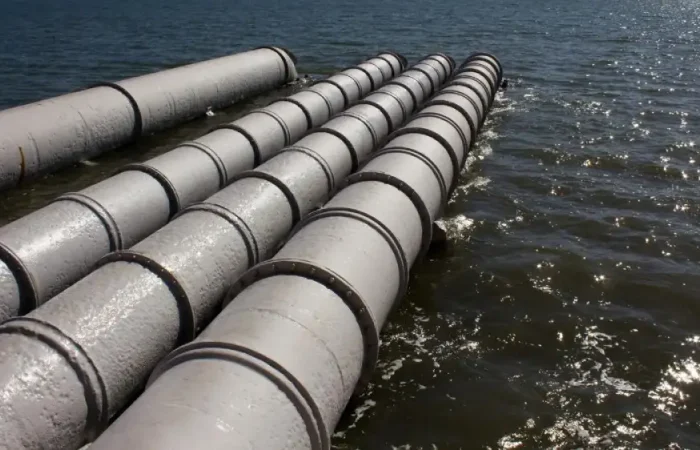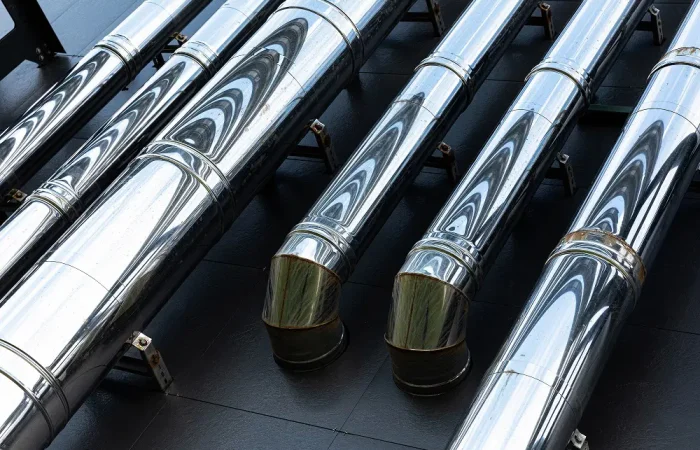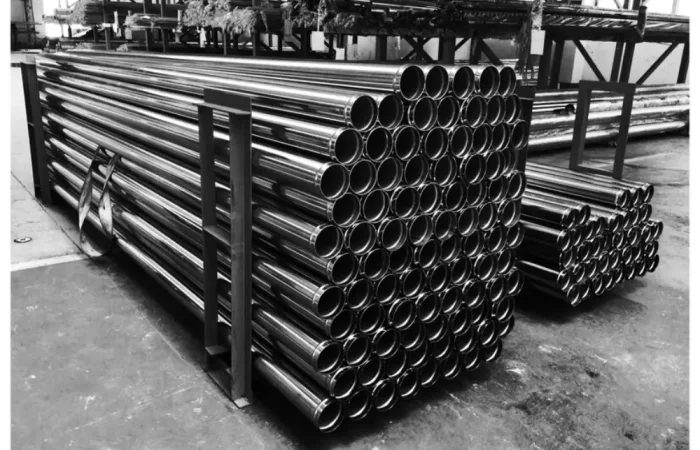Welding stainless pipes can be challenging due to their unique properties. Proper techniques and best practices are essential for ensuring strong, durable welds. This guide by Megalos Ferro Inc. explores essential welding techniques, tips, and best practices for stainless pipes to help you achieve the best results.
Understanding Stainless Steel and Its Challenges
Stainless steel is renowned for its corrosion resistance and strength, making it a popular choice for various applications, including piping. However, its unique properties, such as high thermal conductivity and sensitivity to contamination, present specific challenges during welding. Understanding these challenges is the first step toward mastering stainless pipe welding.
Key Properties of Stainless Steel
- Corrosion Resistance: Stainless steel’s resistance to rust and corrosion makes it ideal for harsh environments.
- Thermal Conductivity: Stainless steel has lower thermal conductivity than carbon steel, which affects heat distribution during welding.
- Oxidation: Exposure to air during welding can cause oxidation, leading to discoloration and compromised weld integrity.
Essential Welding Techniques for Stainless Pipes
Several welding techniques are suitable for stainless pipes, each with its own advantages and considerations. Choosing the right technique depends on factors such as pipe thickness, joint design, and application requirements.
1. Gas Tungsten Arc Welding (GTAW/TIG)
Advantages:
- Produces high-quality, precise welds.
- Suitable for thin-walled stainless pipes.
Best Practices:
- Use a non-consumable tungsten electrode.
- Employ an inert gas shield, typically argon, to protect the weld area from contamination.
- Maintain a clean work environment to prevent contamination from dirt and oils.
2. Gas Metal Arc Welding (GMAW/MIG)
Advantages:
- Faster welding process suitable for thicker pipes.
- Provides deep penetration and strong welds.
Best Practices:
- Use a consumable wire electrode.
- Ensure proper gas shielding, typically a mix of argon and CO2.
- Adjust the voltage and wire feed speed according to the pipe thickness.
3. Shielded Metal Arc Welding (SMAW/Stick)
Advantages:
- Versatile and can be used in various positions.
- Suitable for outdoor and fieldwork.
Best Practices:
- Use a coated electrode to protect the weld area from contamination.
- Maintain a consistent arc length to prevent defects.
- Preheat thicker pipes to reduce thermal stress and cracking.
Tips for Successful Stainless Pipe Welding
Achieving high-quality welds on stainless pipes requires attention to detail and adherence to best practices. Here are some essential tips to ensure successful welding:
1. Cleanliness is Crucial
Contaminants such as dirt, oil, and rust can compromise weld quality. Ensure the pipe and welding environment are clean before starting the process. Use stainless steel brushes and dedicated tools to avoid cross-contamination.
2. Control Heat Input
Excessive heat can cause distortion and affect the mechanical properties of stainless steel. Use techniques such as pulse welding to control heat input and minimize thermal stress. Employ proper cooling methods between passes to prevent overheating.
3. Use Back Purging
Back purging involves introducing an inert gas on the backside of the weld to prevent oxidation and ensure a clean, smooth weld bead. This is especially important for critical applications where weld integrity is paramount.
4. Proper Electrode and Filler Material Selection
Choose the appropriate electrode and filler material for the specific stainless steel grade you’re working with. This ensures compatibility and optimal weld properties.
5. Monitor Weld Parameters
Keep a close eye on welding parameters such as current, voltage, and travel speed. Consistent parameters help maintain weld quality and prevent defects.
Best Practices for Post-Weld Treatment
Post-weld treatment is essential for enhancing the durability and appearance of stainless pipe welds. Follow these best practices for optimal results:
1. Passivation
Passivation involves treating the weld area with an acid solution to remove contaminants and promote the formation of a protective oxide layer. This enhances corrosion resistance and extends the lifespan of the weld.
2. Pickling
Pickling removes scale and discoloration from the weld area. Use a pickling paste or solution specifically designed for stainless steel to achieve a clean, uniform appearance.
3. Inspection and Testing
Conduct thorough inspections and testing to ensure weld quality. Non-destructive testing methods such as X-ray and ultrasonic testing can detect internal defects and verify weld integrity.
Welding stainless pipes requires a deep understanding of the material’s properties and the application of precise techniques. By following the tips and best practices outlined in this guide, you can achieve strong, durable welds that meet industry standards. Megalos Ferro Inc. is committed to providing high-quality stainless pipes and expert advice to help you succeed in your welding projects.
Megalos Ferro Inc. is your trusted partner for premium stainless pipes and expert welding solutions. Contact us today for more information and to explore our extensive range of stainless steel products.
read more